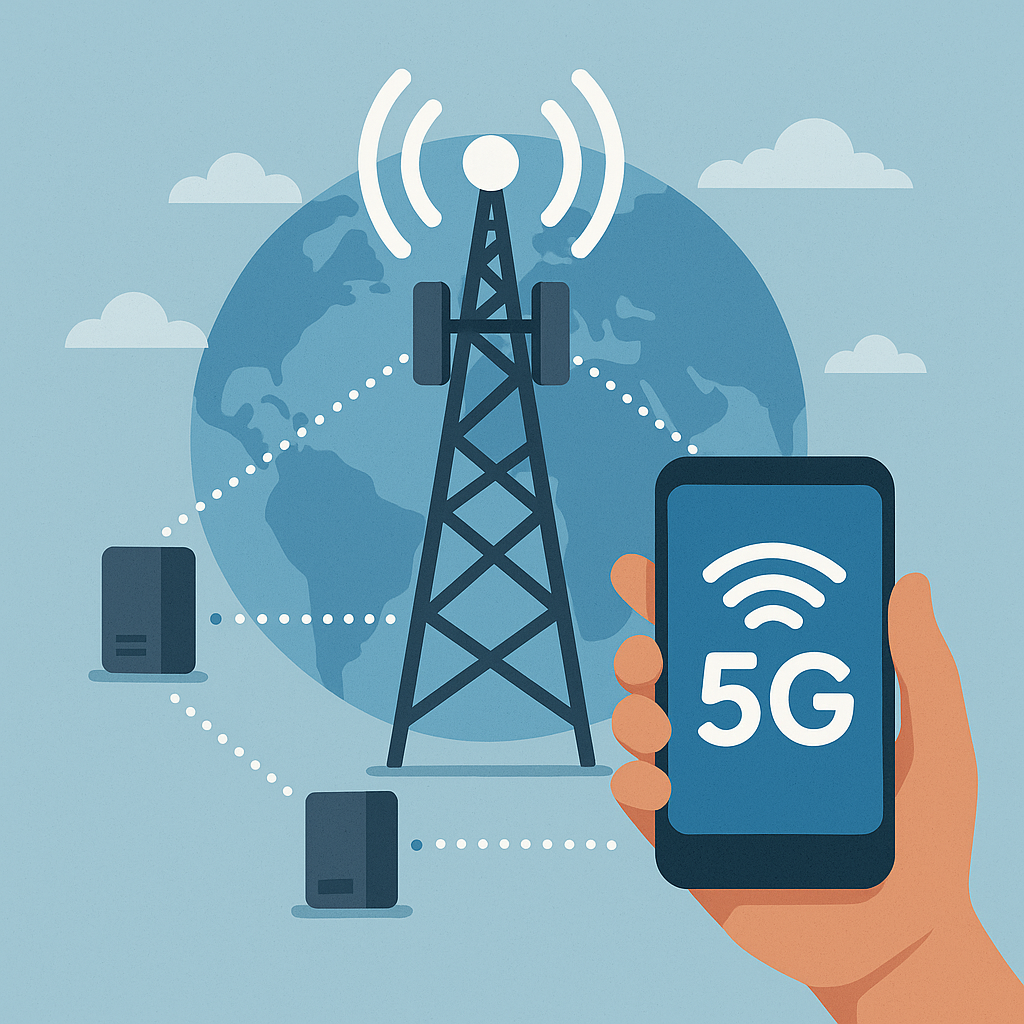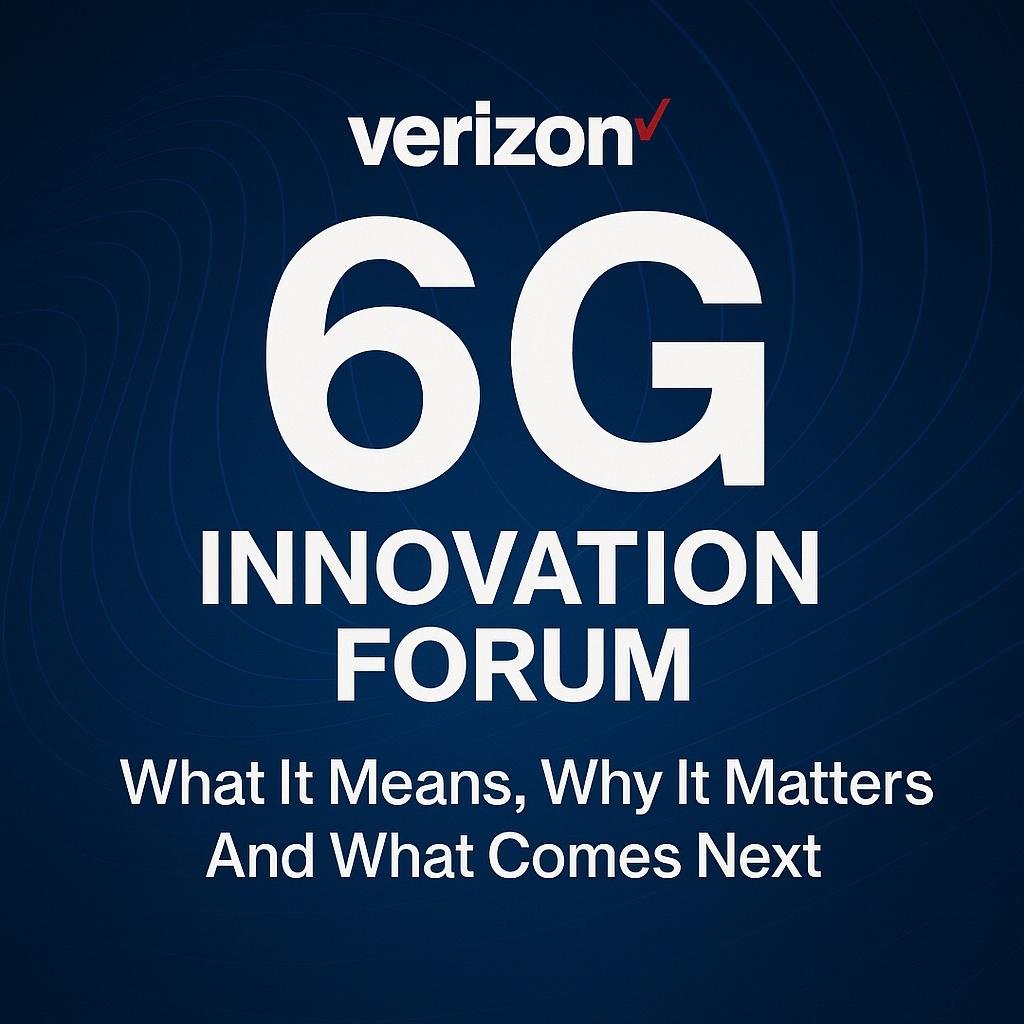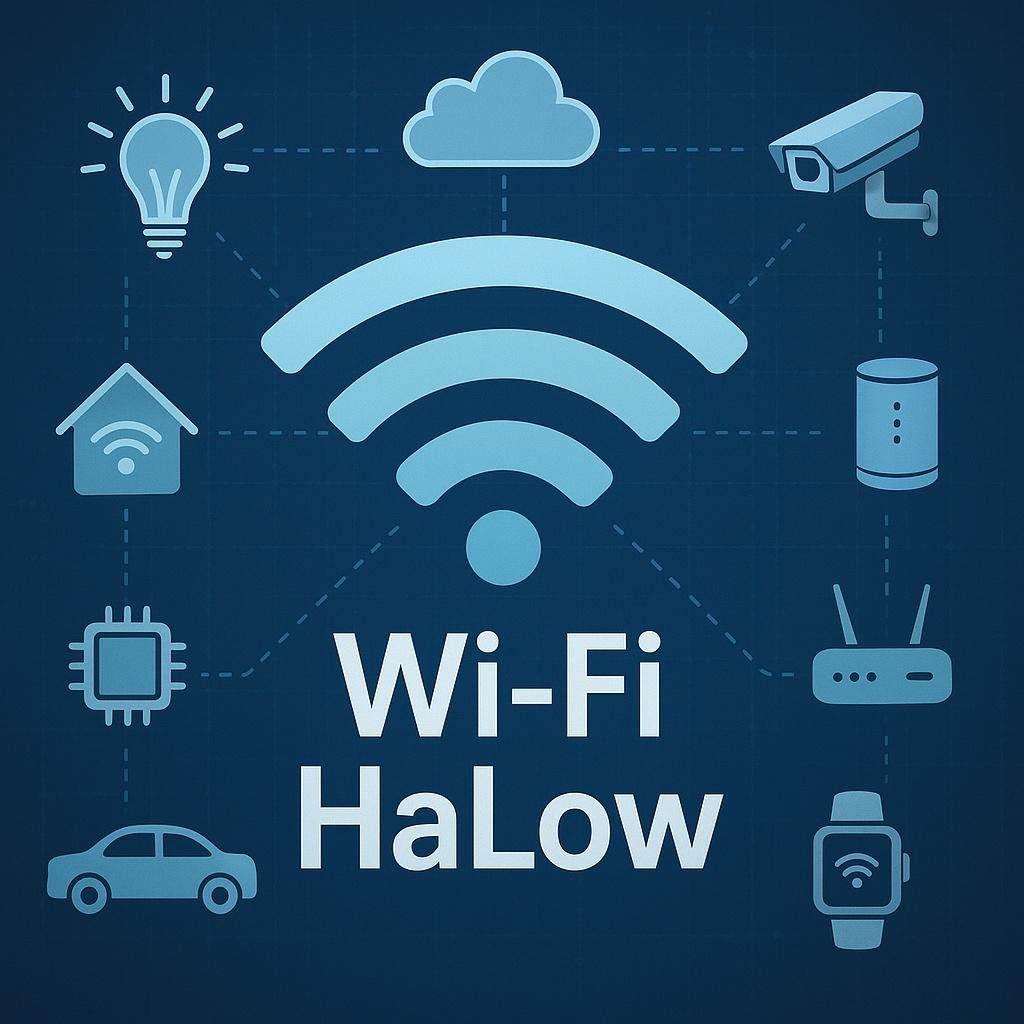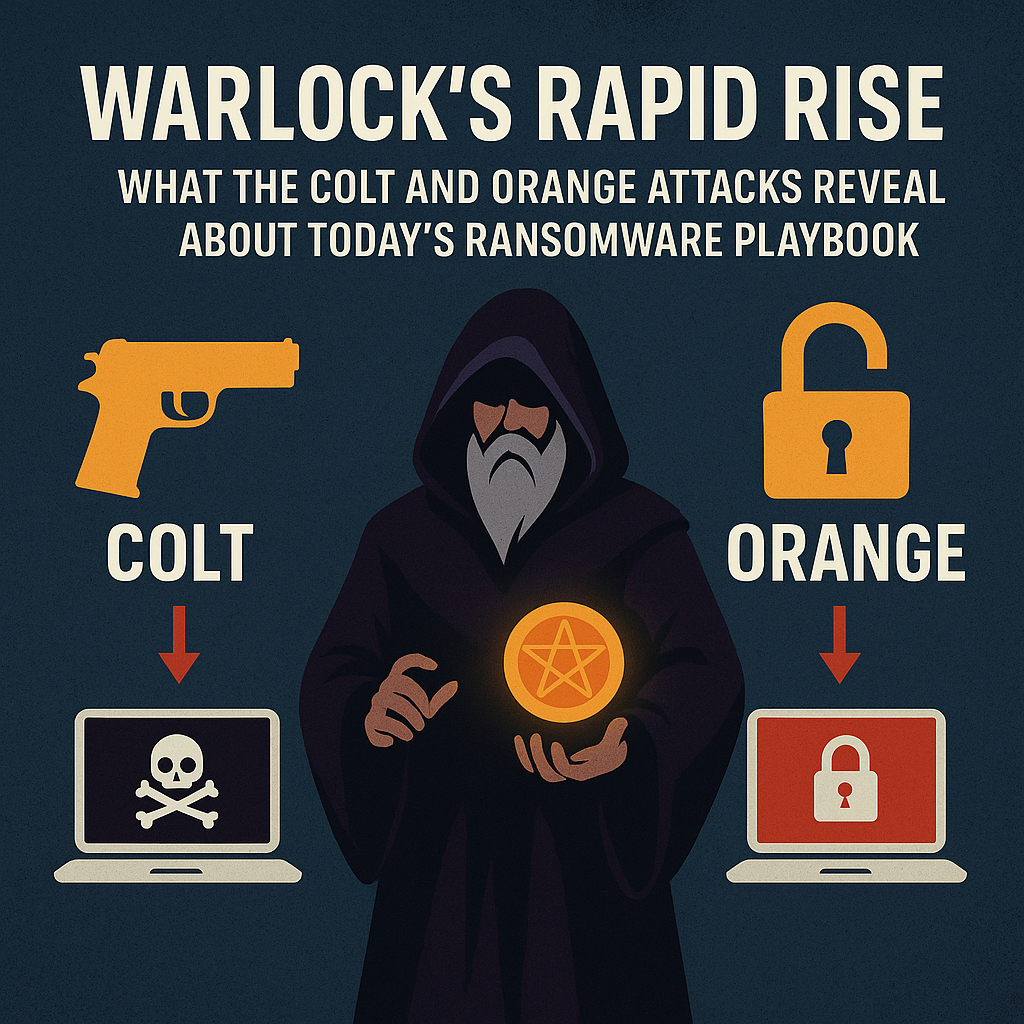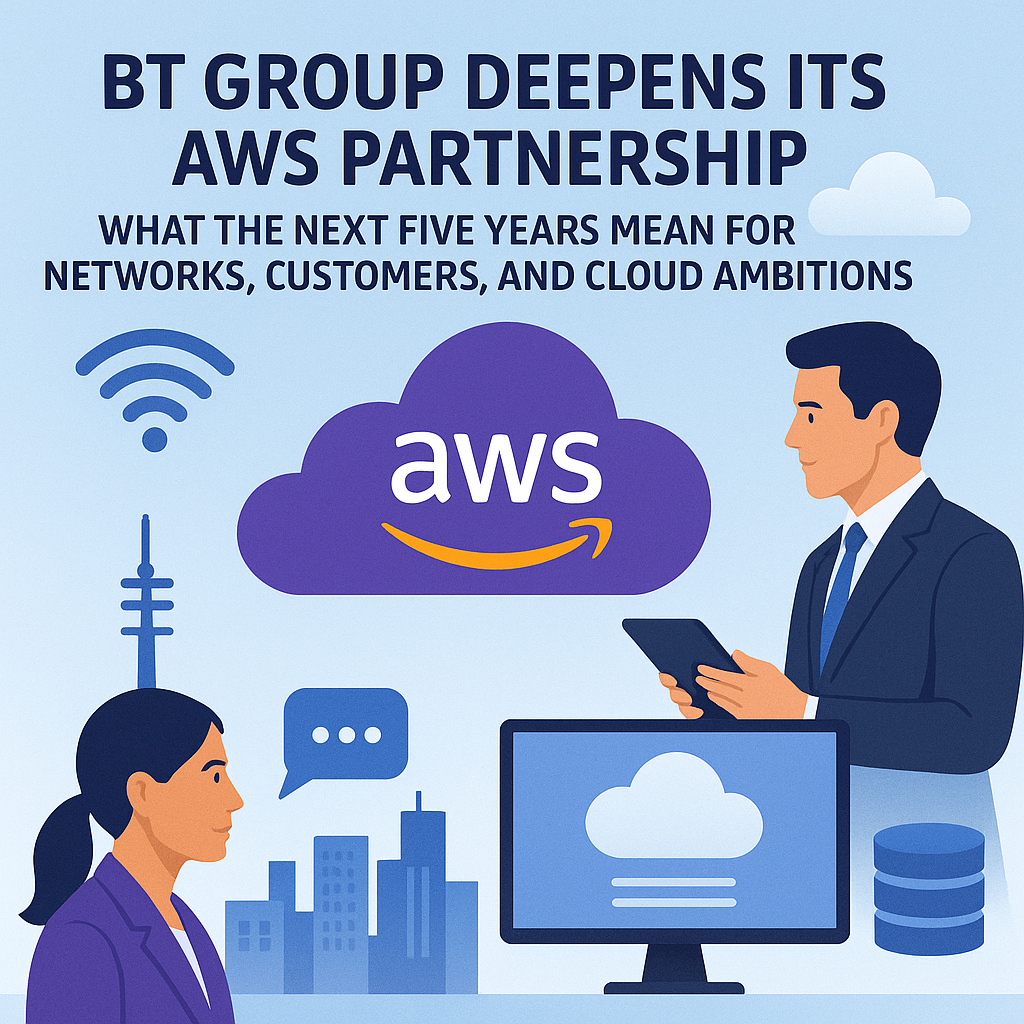Introduction
Faster downloads are great, but what most of us really want from 5G is consistency: a smooth video call on a busy high street, instant maps outside a stadium, and the same quick page load when a train pulls into a packed station. EE says it has switched on a technology that goes straight at that problem. Working with Ericsson, the operator has begun using advanced radio access network coordination, often shortened to ARC, across parts of its distributed 5G network in the United Kingdom.
The promise is simple to state and hard to deliver: nearby sites cooperate, share spare capacity, and give users a noticeable lift in speed and stability without building new masts. EE points to two headline results. Average 5G downlink performance lifts by about 20 percent in typical conditions. Those are bold claims. This article unpacks how ARC works, where it helps most, what devices are likely to benefit, and what to watch as this rolls out more widely.
The Idea Behind ARC
Modern mobile networks are full of smart tricks that try to put bits in the air at the right moment. ARC adds a new layer of coordination between neighboring 5G sites. Instead of each cell operating as a self-contained island, ARC lets them pair up dynamically, compare their current load, and steer traffic so a user is served by the right combination of radios and frequencies at that instant.
Think of two adjacent junctions on a busy road system. If the lights operate independently, one can jam while the other sits almost empty. Link the lights with better timing and the same number of cars get through more smoothly. ARC is the network equivalent: it is about timing, sharing, and choosing the smartest path across multiple cell sites so the radio layer feels less congested to the person holding the phone.
How ARC Works In Practice
There are two building blocks to understand. The first is coordination. Neighboring sites exchange real-time information about channel conditions, interference, user location, and current cell load. The second is inter-site carrier aggregation for the downlink. Carrier aggregation is a 4G and 5G concept that combines separate blocks of spectrum to act like a wider, faster lane. With inter-site aggregation, your phone can receive data using carriers that originate from more than one physical site. The network scheduler splits the stream, picking the best carriers from each site, then your device stitches the packets back together.
This needs precise timing so that the data arriving from different radios lines up correctly. It also needs a low latency link between sites. In a distributed RAN like EE’s, parts of the radio processing already sit closer to the antennas rather than being fully centralized. That architecture reduces fronthaul bottlenecks and makes fine-grained coordination more practical. ARC rides on those foundations.
Why Averages Matter More Than Peaks
It is easy to get distracted by a top speed number. What changes daily satisfaction is the average and the worst cases. A 20 percent lift in typical downlink throughput means a social feed loads faster even when the area is busy. The video that used to wobble at lunchtime keeps a steady picture. The web page that paused for a heartbeat pops into view. Those small gains at scale are the hallmark of a good radio upgrade: you feel them many times a day without thinking about it.
The big spikes in ideal conditions matter too, because they show the ceiling has moved. When the network can more than double performance at the edge cases, you create headroom for the next wave of apps that ask for richer media or faster interaction. The point is not just speed tests. It is consistency across the day and across locations.
Where Users Will Notice The Difference First
ARC is designed for busy places. City centers are the obvious candidates: shopping streets in the afternoon, office districts at lunchtime, transit hubs in the morning rush. Large venues also qualify whenever traffic surges. Coordination between neighboring sites gives planners one more tool to flatten those peaks without running new fiber or adding a new mast to every block.
Suburban and rural users can benefit too, especially in villages where two or three sites overlap across a long high street or near a school. When a small area suddenly gets busy, inter-site aggregation helps keep the experience even. The more complex the pattern of demand, the more valuable it is to let sites share the load in real time.
Device Compatibility And What You Can Check
All the network intelligence in the world still meets a simple reality: your phone has to understand the language. Inter-site 5G carrier aggregation relies on the 3GPP features implemented in the device modem and tuned by the handset maker. Many recent flagship and upper midrange phones include multi-carrier aggregation on 5G, and a growing number can use it across bands that are common in the UK.
Older devices may still gain from the coordination side of ARC, because smarter scheduling and interference management help every user on the cell. The biggest step change shows up when the handset supports the same combinations the network is offering. If you are curious, you can often see whether aggregation is active by opening the device’s field test screen or a reputable network info app. When your phone shows multiple 5G downlink carriers in use at once, you are very likely enjoying the benefit of this class of feature.
Spectrum, Bands, And The Real-World Mix
UK 5G networks blend several spectrum layers. The mid-band layer in the 3.4 to 3.8 GHz range provides high capacity over modest distances. The low-band layer around 700 MHz provides strong coverage and indoor reach. Some operators also use refarmed 1800 and 2100 MHz. ARC does not change the physics of any given band. What it changes is the way those pieces are combined and scheduled across neighboring sites. When one cell’s mid-band layer is nearing saturation, the network can borrow from the neighbor. When the low-band layer carries most users deep indoors, aggregation can top up the session with a slice of mid-band from a different site if the radio geometry allows it. Small decisions like this, made many times per second, add up to the reported average gains.
An Engineer’s Lens: Interference And Timing
Two technical headaches dominate 5G radio planning: interference between cells and the timing budget for coordinated features. ARC tackles both. By coordinating which carriers are lit and at what power on each site, the system reduces self-inflicted interference on the borders between cells. Cleaner borders mean higher usable signal quality for the same transmit power. At the same time, inter-site aggregation depends on accurate synchronization. That pushes the transport and timing layers to be tight.
Distributed RAN helps here because parts of the baseband processing live closer to the radios, cutting jitter and making slot-level coordination more reliable. These details are not academic. When timing slips, aggregation falls back and the experience returns to baseline. When interference is left unmanaged, headline capacity looks fine on paper while real devices struggle along the edges of cells. The coordination loop that ARC introduces is designed to prevent both outcomes.
Limits And Caveats To Keep In Mind
Coordination is not a silver bullet. There are places where radio geometry, building shapes, or the location of sites makes inter-site aggregation less effective. In some pockets, backhaul capacity or timing constraints limit how aggressively the network can coordinate. Device support is another practical boundary. If your phone does not support the relevant band combinations, you still benefit from better scheduling and cleaner borders, but you will not see the bigger jumps that come from aggregating across sites.
Finally, the word average is doing real work. A 20 percent lift on average does not mean every test goes up by exactly that amount. Some users will see smaller gains. Others will see larger gains. The aggregate picture is still positive because coordination adapts to what is happening minute by minute.
Business Impact: From Office Parks To Pop-Up Events
For businesses that rely on mobile connectivity, the benefits translate into fewer performance dips at the exact moments that matter. Retailers see faster payment authorizations during lunchtime queues. Pop-up events and weekend markets get steadier coverage when a sleepy square becomes crowded. Corporate campuses with multiple buildings near several cells can expect fewer dropped calls when staff move between blocks while on video meetings. None of these examples require new private networks. They depend on the public macro network doing a smarter job of sharing its existing capacity. That is the value proposition of ARC.
How This Fits The 5G Roadmap
5G is a long arc of upgrades. The first phase focused on getting coverage up and radios in place. The current phase favors intelligent capacity: cleaner coordination, richer aggregation, uplink enhancements, and better handling of edge cases. ARC sits squarely in that theme. It is also a stepping stone toward 5G Advanced features that go even further on joint communication and sensing, and to the more federated concepts expected in the 6G era where networks act like fluid meshes rather than rigid cell grids.
As more of these coordination features land in both the network and devices, the day-to-day experience should feel less tied to the exact cell you happen to be under and more like a pool of capacity that flows toward you when you need it.
What To Watch Next As Rollout Expands
There are three practical indicators to watch. The first is breadth of deployment across cities and key transport corridors. The second is device enablement through software updates, which often unlock new band combinations and aggregation profiles after launch. The third is uplink behavior. Early ARC announcements center on downlink, because that drives most user perception. Uplink is increasingly important for creators, remote workers, and applications that push more data back to the cloud. Coordinated uplink gains would round out the picture.
If you travel frequently, pay attention to the consistency of your experience during predictable peaks like Friday evenings in busy areas. If the network feels less moody in those moments, the coordination layer is likely doing its job.
Bottom Line For Users
You do not need to learn a new setting or buy a special plan to benefit from ARC. When your area and your device are covered, the network does the work in the background. The most visible change is a smoother experience at the exact times that used to annoy you: a map download that completes on the steps of a stadium, a playlist that starts instantly when a train arrives, a video call that stays crisp in a bustling concourse.
Conclusion
Network evolution rarely arrives as a single dramatic leap. It comes as a series of smart refinements that push averages up and shave rough edges off the worst cases. EE’s adoption of advanced RAN coordination with Ericsson is one of those refinements. By letting neighboring 5G sites cooperate and aggregate capacity across site boundaries, the operator targets the heart of the everyday experience: reliability under load. The reported numbers tell the story plainly: a meaningful lift in the average and big gains when radio conditions align. The more this kind of coordination spreads across the footprint and across devices, the closer 5G gets to the simple promise that sold it to the public in the first place: fast feels fast, even when everyone else is online too.
